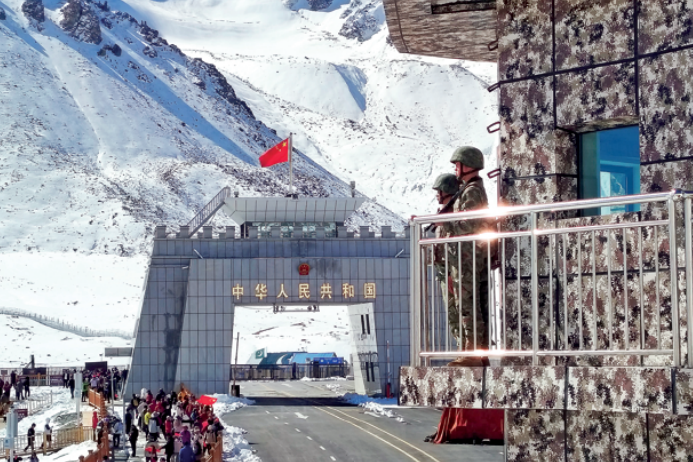Cracks in nuclear reactor ring alarm bells over power


LONDON - Cracks in the core of a Scottish nuclear reactor could signal that most of Britain's aging plants will not be able to supply the country with much needed power for as long as predicted.
Nuclear reactors generate just over 20 percent of Britain's electricity and even before EDF Energy said last week it would need to shut down one of two reactors at the Hunterston B plant, almost half of that capacity was scheduled to go offline by 2025.
"These reactors are over 40 years old. This is a generic defect which cannot be fixed so it would not surprise me if the older plants would all need to close within the next few years," said John Large, an independent nuclear engineering consultant.
Britain's electricity generation is under scrutiny due to a plan to close coal-fired power plants by 2025 and weak economic conditions for investment in new gas plants.
There are also doubts about the timetable for EDF's Hinkley Point C nuclear plant, which is not expected to come online until the end of 2025, and the proposed Sizewell C plant, which is not even being built yet.
French utility EDF said the Hunterston B shutdown was due to new cracks developing faster than expected in graphite bricks in one reactor's core. These bricks are used in all 14 advanced gas-cooled nuclear reactors, or AGRs, in Britain which drive seven out of eight of the country's plants.
"We believe that most of the AGRs will have their life limited by the progression of cracking," Britain's Office for Nuclear Regulation said on its website, adding that this presents "unique challenges".
The bricks cannot be repaired or replaced and EDF said it will work with the ONR to show there would be no danger posed even in the event of an earthquake or other disruption.
"The longer-term safety case will build on work already completed and EDF Energy expects that this will demonstrate that there are large safety margins both now and for the projected reactor lifetime," EDF Energy said.
EDF has not changed its lifetime forecasts for Hunterston B, which is due to be decommissioned in 2023, although it predicts the reactor will remain shut until mid-November.
But experts said this is overly optimistic. The graphite bricks form channels which contain nuclear fuel and the reactor control rods, while allowing carbon dioxide coolant to remove heat from the reactor fuel and core. They crack with age, but cannot be replaced due to their location.
In France, EDF's nuclear plants provide up to 75 percent of the country's power needs but the fleet has been dogged by repeated shutdowns and inspections over the integrity of some components.
Reuters

































